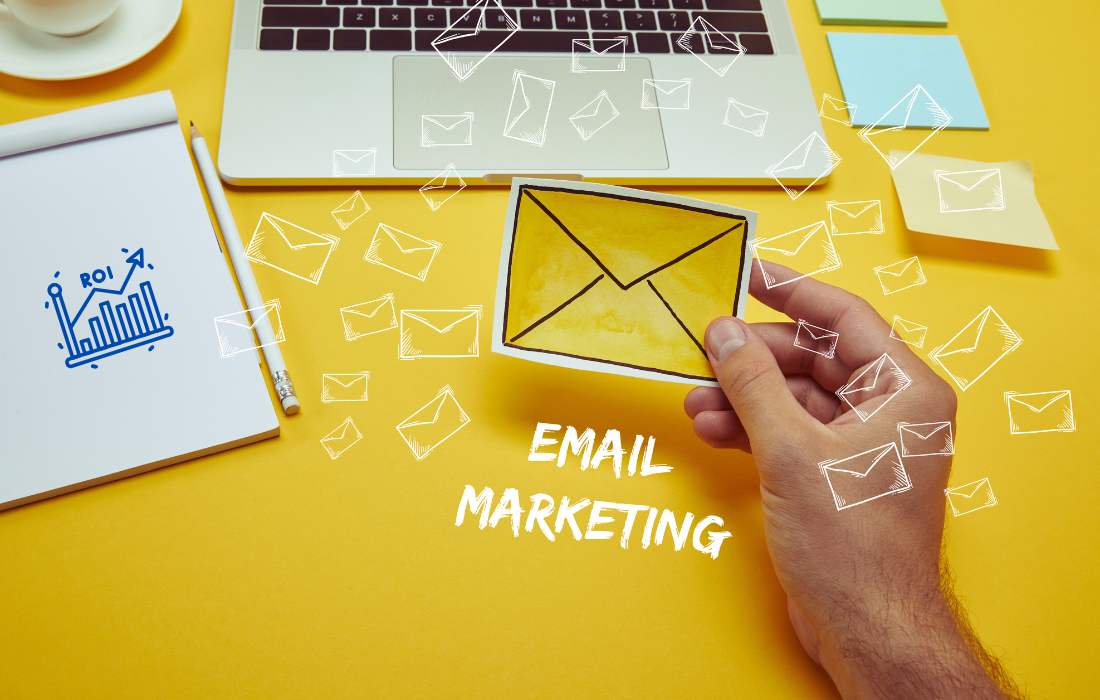Email marketing isn’t just alive in 2025—it’s thriving. Despite the rise of social media and messaging apps, email remains one of the most direct, cost-effective, and ROI-driven digital marketing channels. According to a HubSpot report, every $1 spent on email marketing generates an average return of $42. But with inboxes more crowded than ever, how do you stand out?
Here’s a look at the most effective email marketing strategies for 2025 to help your brand engage better, convert more, and build lasting relationships.
1. Personalization at Scale
Generic emails are a thing of the past. Modern subscribers expect content that feels tailored specifically to them. Thanks to AI and machine learning, you can now personalize email campaigns beyond just adding a first name.
Key personalization tips:
- Use behavioral triggers (browsing history, past purchases).
- Segment your audience by demographics, engagement level, or preferences.
- Recommend products based on prior activity.
Brands that personalize their email campaigns see six times higher transaction rates, according to Experian.
2. Mobile Optimization Is Non-Negotiable
With over 61.9% of email opens happening on mobile devices (Statista), emails must be designed with mobile-first thinking.
Mobile optimization essentials:
- Use responsive design that adapts to different screen sizes.
- Keep subject lines under 50 characters.
- Use larger fonts and tap-friendly buttons.
- Keep your message concise and visually clear.
If your emails aren’t mobile-optimized, you risk losing more than half your audience before they even read a word.
3. Automation Enhances Consistency
Email automation tools like Mailchimp, Klaviyo, and ActiveCampaign allow marketers to maintain consistent engagement without lifting a finger every day.
Examples of automated campaigns:
- Welcome series for new subscribers
- Abandoned cart reminders
- Birthday or anniversary emails
- Re-engagement emails for inactive users
Automated emails generate 320% more revenue than non-automated ones a compelling reason to get started.
4. Interactive and Dynamic Content
In 2025, static emails are being replaced by interactive ones that boost engagement.
Add interactive elements like:
- Image carousels or product sliders
- Surveys and polls
- Animated call-to-action buttons
- Live countdown timers for sales or events
Interactive emails have shown to increase click-to-open rates by up to 73%, according to MarketingProfs.
5. Focus on Clean, Consent-Based Lists
With GDPR, CAN-SPAM, and other privacy regulations tightening, sending emails to people who didn’t opt in is not just unethical—it’s illegal. Consent-based marketing also builds trust with your audience.
Best practices:
- Use double opt-ins for confirmation.
- Make unsubscribing easy and visible.
- Clean your list regularly to remove inactive users.
High-quality, engaged lists improve deliverability and open rates dramatically.
6. Subject Lines Still Make or Break
Your subject line is your email’s first impression. If it doesn’t spark interest immediately, your email won’t get opened.
Tips for better subject lines:
- Keep it under 9 words or 60 characters.
- Use numbers, questions, or urgency (but avoid clickbait).
- A/B test to see what resonates.
Studies show that personalized subject lines can increase open rates by up to 26% (ElasticEmail).
7. AI-Powered Optimization
AI is redefining how email campaigns are built and optimized. From predicting the best times to send, to suggesting content variations based on user behavior, AI tools help increase efficiency and results.
For example, Phrasee uses AI to write high-performing subject lines, while Seventh Sense analyzes optimal send times for individual subscribers.
8. Test Everything
No two audiences are the same. What works for one brand might flop for another. Regular A/B testing helps you refine your approach over time.
Test areas include:
- Subject lines
- CTA placement
- Email layout and design
- Send times and frequencies
Continuous testing ensures you’re always improving performance.
Conclusion
Email marketing in 2025 is more dynamic, personal, and data-driven than ever. By embracing automation, personalization, and AI-powered insights, you can create campaigns that not only get opened—but also drive conversions and build loyalty.
As inboxes get noisier, the brands that invest in value, relevance, and user-centric content will stand out. Make sure your strategy evolves with the times—your audience (and ROI) will thank you for it.

